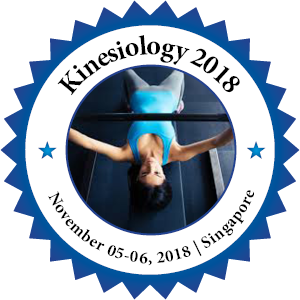Seyed Mehdi Mohsenipour
Tarbiat Modares University, Iran
Title: Effects of pulsed ultrasound on postural sway in women with knee osteoarthritis
Biography
Biography: Seyed Mehdi Mohsenipour
Abstract
Backgrounds:
Poor postural control in people with Knee osteoarthritis (KOA) is evidenced by Center of Pressure (COP) abnormal excursions. The effect of PUS on improving the structure and function of the joint and muscle have been proven in previous studies. In this study, we tried to examine the effects of pulsed ultrasound (PUS) on the postural sway in patients with KOA.
Methods:
11 healthy elderly female and 27 age and weight matched subjects with bilateral KOA randomized into three sham with exercise, ultrasound, and ultrasound with Exercise groups and were examined in Comfort Double Leg Standing (CDLS), Romberg Standing (RS), and Near Tandem Standing (NTS) on a force plate. PUS was set at a frequency of 1 MHz and power of 1 W/CmÛ² for 10 sessions. In groups containing exercise therapy, prescribed lower limb strengthening exercises were also performed.
Findings:
At baseline, mediolateral (ML) was the most affected COP sway direction in KOA compared to healthy control. After treatment, in the US group, the ML Range (P=0.006) and standard deviation of the ML range of the COP (P=0.009) in CDLS position significantly increased. In the US with exercise group, antroposterior (AP) range (P=0.013), standard deviation of ML velocity (P=0.010), and ML mean velocity (P=0.014) significantly decreased in RS position.
Conclusion:
In female KOA patients, ML displacement of the COP is impaired more than other postural sway parameters. PUS also improved postural sway parameters in the ML direction and brought them closer to the healthy subjects group.

